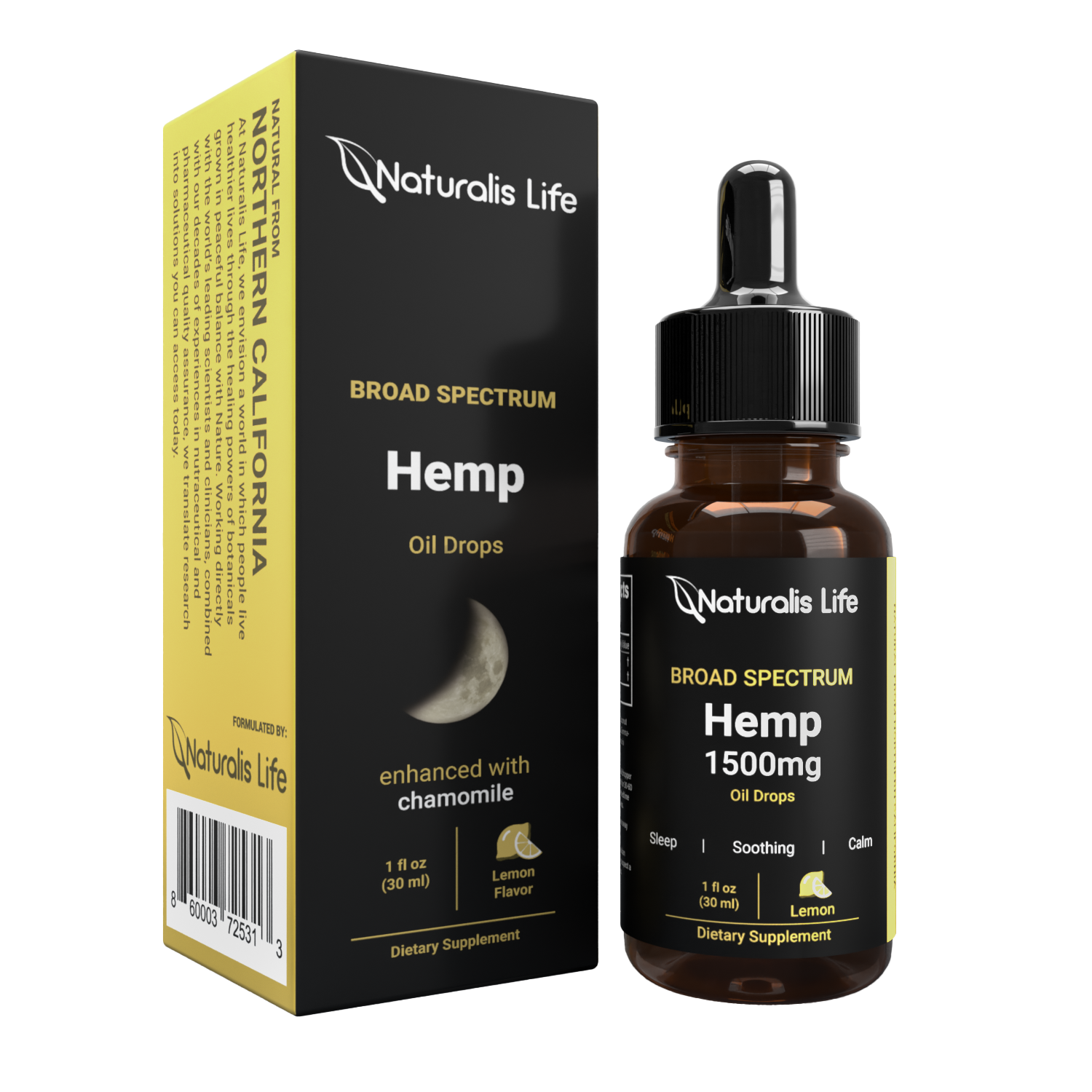
Recommendations for slippery muscle skills
Strength
In order to reduce muscle soreness and pain after a workout, stretches will be of great assistance. When exercising, you must constantly contract your muscles; stretching after exercise keeps you from having stiff or tight muscles that are the results of your exercise. Joint and muscle pain are often linked to tight muscles, and if not addressed, may lead to more serious injuries.
Coating
Foam rolling is the second most productive way to recover after exercise. In addition to being called self-myofascial release (SMR), it is typically applied once you apply a foam tube braced against your weight while rolling in various directions against the muscle group being worked. In addition to relieving the fascia, the rolling action of the froth tube helps reduce inflammation, particularly following strenuous exercise or mental stress. While exercising, your fascia may stiffen after repetitively contracting one or more muscles. Using foam rolling, the animal tissue will remain flexible, as it will not become rigid.
The treatment with ICE is as follows:
After working out, you can lessen pain and swelling by applying ice to sore muscles and joints. As a result, blood will flow confined to the area where blood vessels are opened at low temperatures. Swelling and pain can be alleviated when there is less blood flow. Your recovery routine can be strengthened by adding ice to it so that your muscles and joints are prepared for the next session.
Here are some of the ways you can relieve muscle pains, aches, and stiffness. Follow these tips to minimize pain after exercise or workouts and to make recovery easier and faster. These methods are sure to be effective without medications with the help of Naturalis.